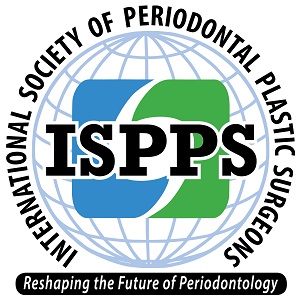ISPPS 2023 Annual Meeting
Registration for the November 8, 2023, ISPPS Annual Meeting is now open! If you are a current member, your registration will be $185. Non-Members will be $295 to attend. You can click the link below to register.

In this lecture we will discuss contemporary approaches for minimally invasive and predictable treatment of soft tissue deformities using microsurgical techniques in periodontal and implant surgery. With the development of new surgical techniques and the use of specialized armamentarium and magnification tools, procedures such as root coverage, soft tissue phenotype modification on teeth and implant sites, and correction of implant esthetic complications have become less invasive, more precise and predictable treatment options for our patients.
Learning Objectives:
- Explore different surgical techniques where periodontal microsurgical principles can be applied.
- Discuss the importance of microsurgical techniques for periodontal and implant surgery
- Recognize the key factors for a successful outcome.
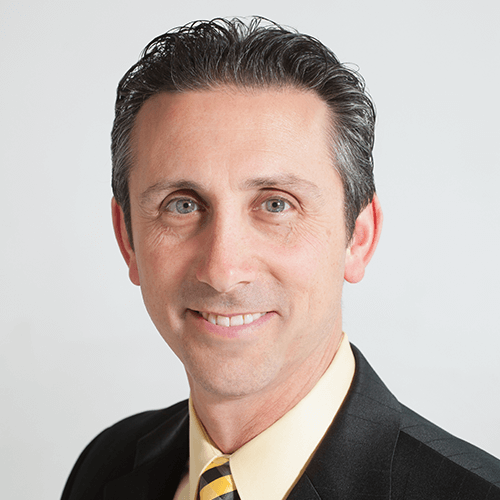
Very often when mandibular incisors require restoration, there are significant clinical and technical challenges due to root proximity issues. Root proximity issues can be the result of crowding and overlapping, loss of interradicular space from a lifetime of interproximal tooth wear with concomitant mesial drift, or simply the individual anatomic morphology. A highly predictable combined surgical/restorative technique will be presented to overcome this issue.
Learning Objectives:
- Why this technique is predictable, minimally technically demanding, and readily applicable for Monday back at the office.
- Understand the biology and histology that is the foundation of this technique.
- See detailed documentation of an example case with 25-year follow-up.
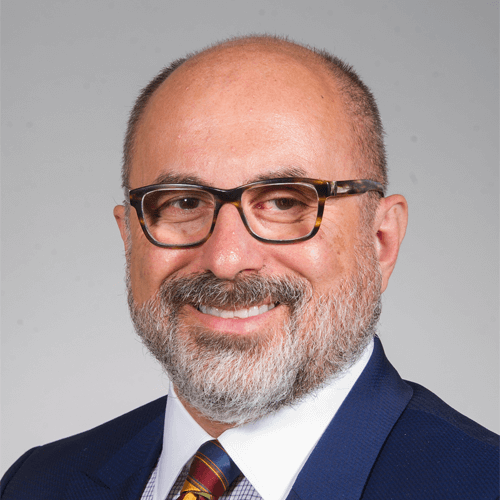
Modern dental implant therapy requires a long-term stable functional and esthetic result. This goal, however, remains challenging due to anatomic limitations and the associated significant potential for soft tissue complications, especially in conjunction with higher risk procedures such as immediate implant placement and immediate loading protocols. This presentation will outline a combination Hard and soft tissue socket grafting technique to establish a stable and ideal site for second stage implant placement in the esthetic zone.
Learning Objectives
- Outline the challenges and factors leading to soft tissue complications in esthetic implant dentistry
- Outline the factors necessary to achieve a successful socket grafting outcome in the esthetic zone
- Demonstrate a combination Hard and soft tissue socket grafting technique to establish a stable and ideal site for second stage implant placement in the esthetic zone
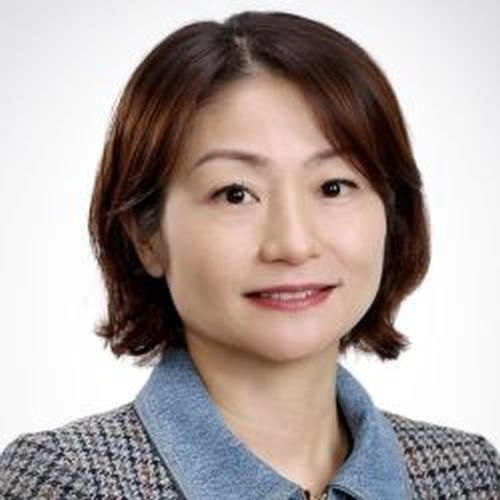
This course focuses on the value of attending ISPPS, specifically for younger periodontists. Attendees will hear from a 15-year ISPPS attendee who will share lessons learned from innovators in periodontics. Topics covered include networking opportunities with world-renowned experts in periodontics and restorative dentistry, exposure to cutting-edge techniques and tools, and innovative methods for soft tissue grafting.
Learning Objectives:
- Understand the benefits of attending ISPPS for younger periodontists
- Learn about networking opportunities with leading experts in periodontics and restorative dentistry
- Exposure to cutting-edge techniques and tools, and innovative methods for soft tissue grafting, as shared by a 15-year ISPPS attendee.
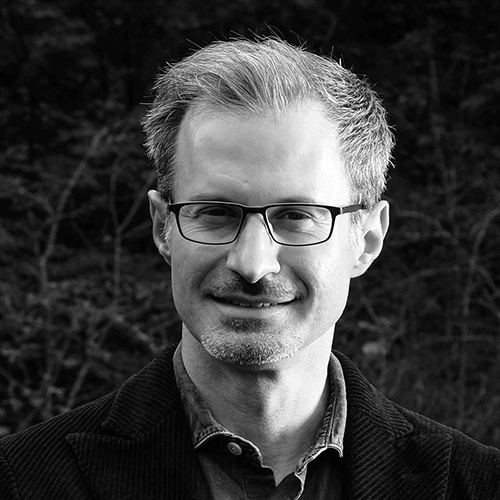
Planning restorative treatment for teeth with loss of cervical tooth structure or unaesthetic crown form and proportion will often have to consider gingival augmentation. Soft tissue grafting can create a gingival cuff that is more resilient and aesthetic. There are many techniques available to perform soft tissue grafting, but a preferred sequencing of the surgical and restorative procedures creates a more predictable treatment workflow to optimize the outcome.
Learning Objectives:
- Understand how to sequence treatment for the periodontal/ restorative patient.
- Understand how to execute the techniques appropriate to the treatment plan.
- Understand how a collaborative approach can achieve an optimal outcome.

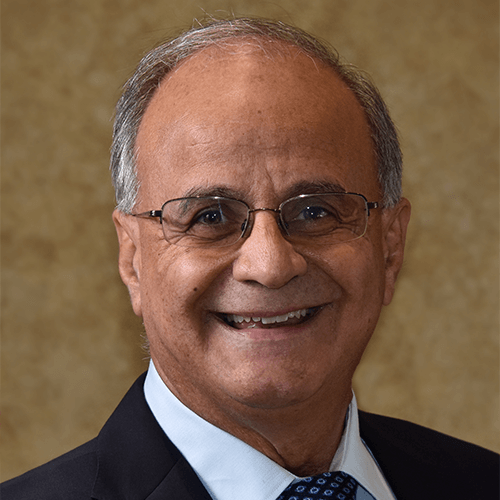
This presentation will focus on the presenter’s 25-year experience with Alloderm for two clinical applications: as a graft medium for vestibuloplasty, and as a medium for pre-bone graft soft tissue augmentation. Surgical protocol and long term follow up cases will be featured.
Learning Objectives:
- Understand the application of Alloderm as a predictable graft medium for vestibuloplasty.
- Understand the application of Alloderm as a predictable graft medium for pre-bone graft soft tissue augmentation.
- Appreciate long term follow up of ADM cases for vestibuloplasty and pre-bonegraft soft tissue augmentation.
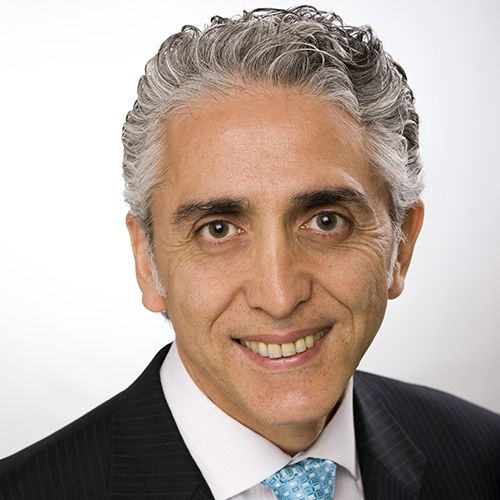
The role of root position in periodontal plastic surgery: Adjunctive application Clear Aligner Therapy
Gingival recession is often associated with roots located outside of the alveolar bone. Treatment of gingival recession is compromised in sites with unfavorable root position. Clear aligner therapy leverages digital planning to optimize root position relative to the alveolar bone, as well as gingival housing. This presentation will discuss “orthodontic root position optimization” (ORPO) in concert with vestibular incision subperiosteal tunnel (VISTA) for the management of gingival recession defects.
Learning Objectives:
- Orthodontic root position optimization protocol with clear aligner therapy
- Phenotype Modification Therapy (PMT) with VISTA
- Staging of orthodontic and PMT
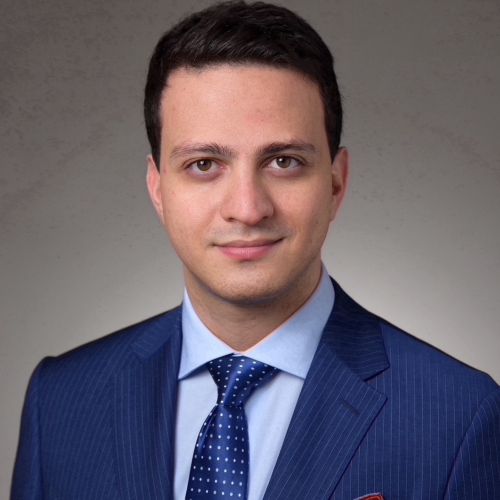
This presentation will highlight the evolution of flap designs for soft tissue grafting with the introduction of the Tunneled Coronally Advanced Flap (TCAF) and the inception of the idea behind the approach, and its indications.
Learning Objectives:
- The evolution of flap designs for the current treatment of gingival recessions will be discussed
- The inception of the Tunneled Coronally Advanced Flap (TCAF), and the thought process and rationale behind this approach will be taught to participants
- The crucial role of interproximal papillae will be highlighted on the outcomes of root coverage and how this determines the selected approach for each specific papilla
- Examples for specific indications and use of TCAF will be shown, using non-autogenous grafts and biologics agents
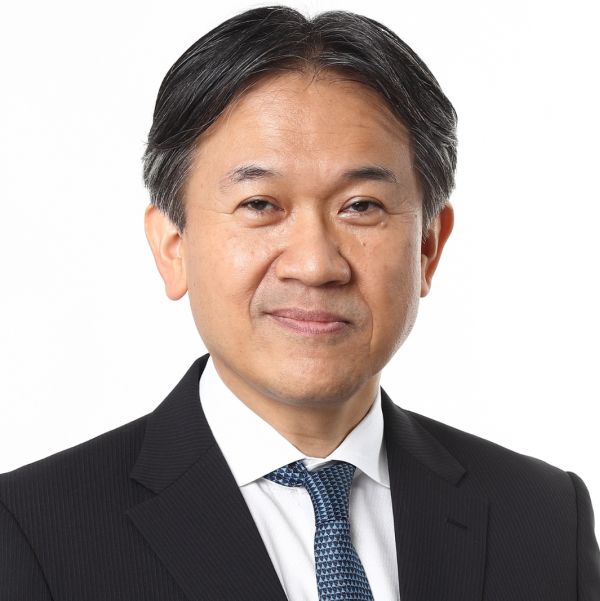
With the clinical application of cytokines, such as EMD and FGF-2, regenerative therapy has become widely applied for various bone defects. In addition, advances in materials and technology have made periodontal regenerative therapy increasingly predictable, but It is difficult to obtain 100% bone regeneration. In this presentation, I would like to present the efficacy of re-entry surgery after regenerative therapy from a long-term prognosis over 10 years.
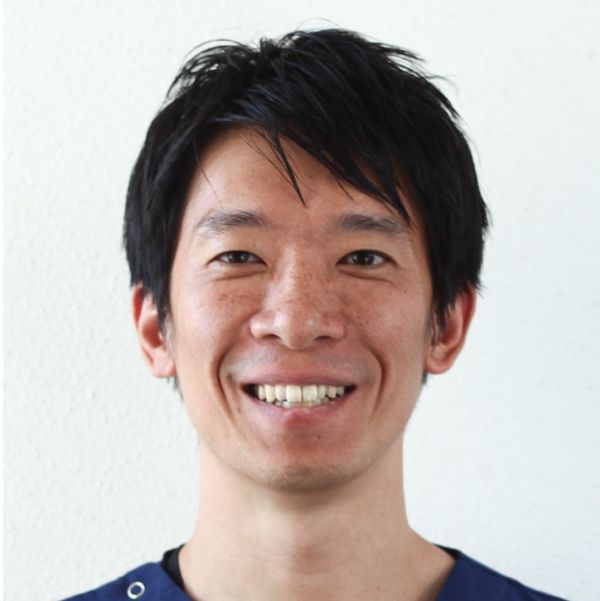
Yoshifumi Tomizuka D.D.S.
There is a variety of techniques applied to the root coverage of the advanced localized gingival recessions, but it is difficult to achieve desirable results. In the present case, the laterally positioned technique was used for the advanced localized gingival recessions which are also classified as thin- phenotype. The precise design of the cover flap and the delicate surgical technique under the microscope led to esthetic results that were similar to those of the coronally advanced flap. In my presentation, I will review the effectiveness of lateral positioned flaps throughout two cases.

Treatment of lower anterior gingival recession with hard tissue problem poses significant challenges. Techniques such as guided tissue regeneration, connective tissue grafts, and bone grafting may be employed to resolve these problems. In this presentation, we will discuss treatment options for soft and hard tissue regeneration around the lower anterior region.
Learning Objectives:
- Understand the reasons for lower anterior gingival recession
- Demonstrate hard and soft tissue grafting to manage these problems
- Understand how to prevent these problems
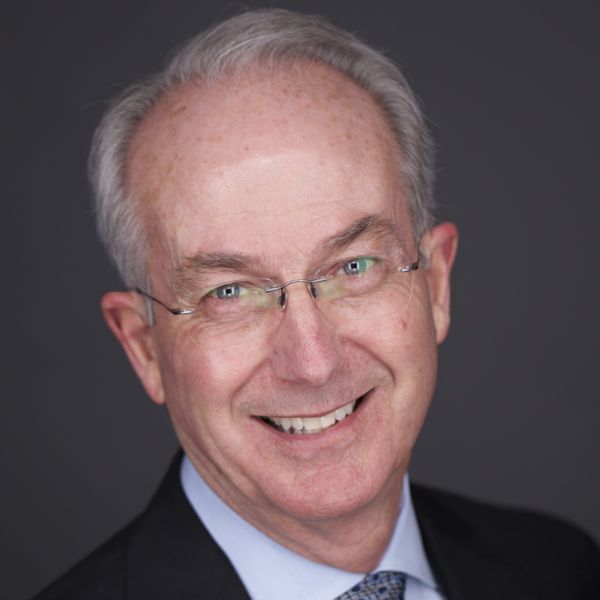
Solving Surgical Complications with the Tunnel Technique
Edward P. Allen, DDS, PhD
The Tunnel Technique has become a popular procedure for treatment of gingival recession. Vertical incisions are not necessary, resulting in not only a better postoperative course, but also greater root coverage and better esthetics. Although the Tunnel Technique can be used successfully in both maxillary and mandibular sites, occasional complications can arise during the surgical procedure causing frustrations for the surgeon This lecture will identify the more common complications and describe their causes, management, and means of prevention.
Learning Objectives:
- 1. List the most common surgical complications that may be encountered when using the Tunnel Technique for root coverage
- 2. Describe the management of Tunnel Technique complications
- 3. Discus how Tunnel Technique complications can be prevented
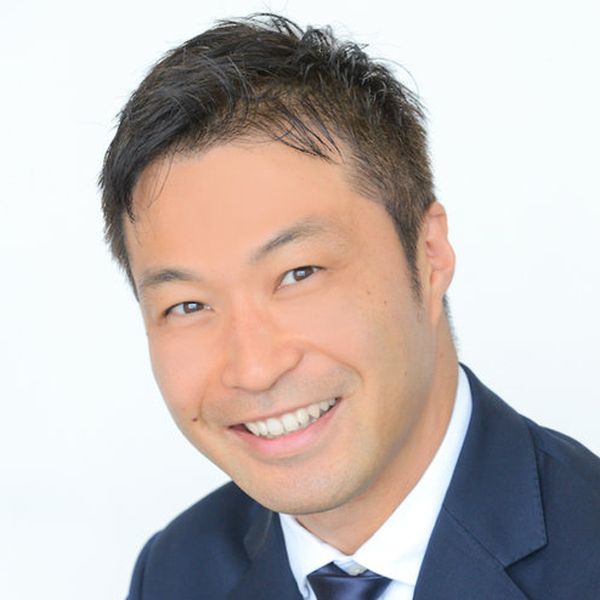
Importance of Phenotype Modification Therapy around Teeth and Implants
This lecture will review the importance of mucosa phenotype around teeth and implants for the long-term mucosa stability. Application of phenotype modification therapy using VISTA and its effect on treatment outcome will be discussed during the lecture. The latest evidence-based information on the phenotype modification therapy by VISTA will be provided.
Learning Objectives:
- 1. Understand all risks of thin phenotype around teeth and implants.
- 2. This lecture will explain the treatment rationales of phenotype modification therapy.
- 3. The latest research data on phenotype modification therapy will be provided.
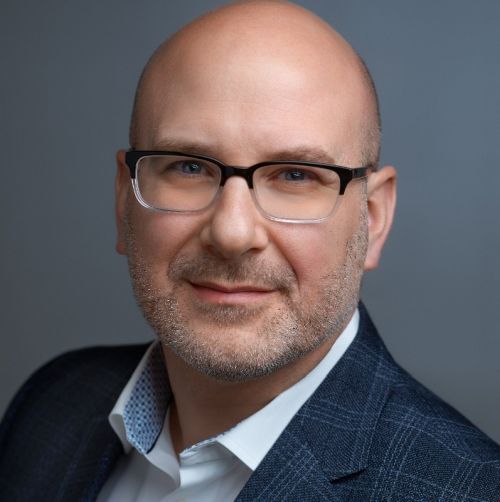
- Understand the benefits and limitations of using periosteal stabilization sutures for ridge augmentation.
- Learn how screws can be used to secure stabilization sutures.
- Understand the benefits of tenting screws for space maintenance in ridge augmentation.
